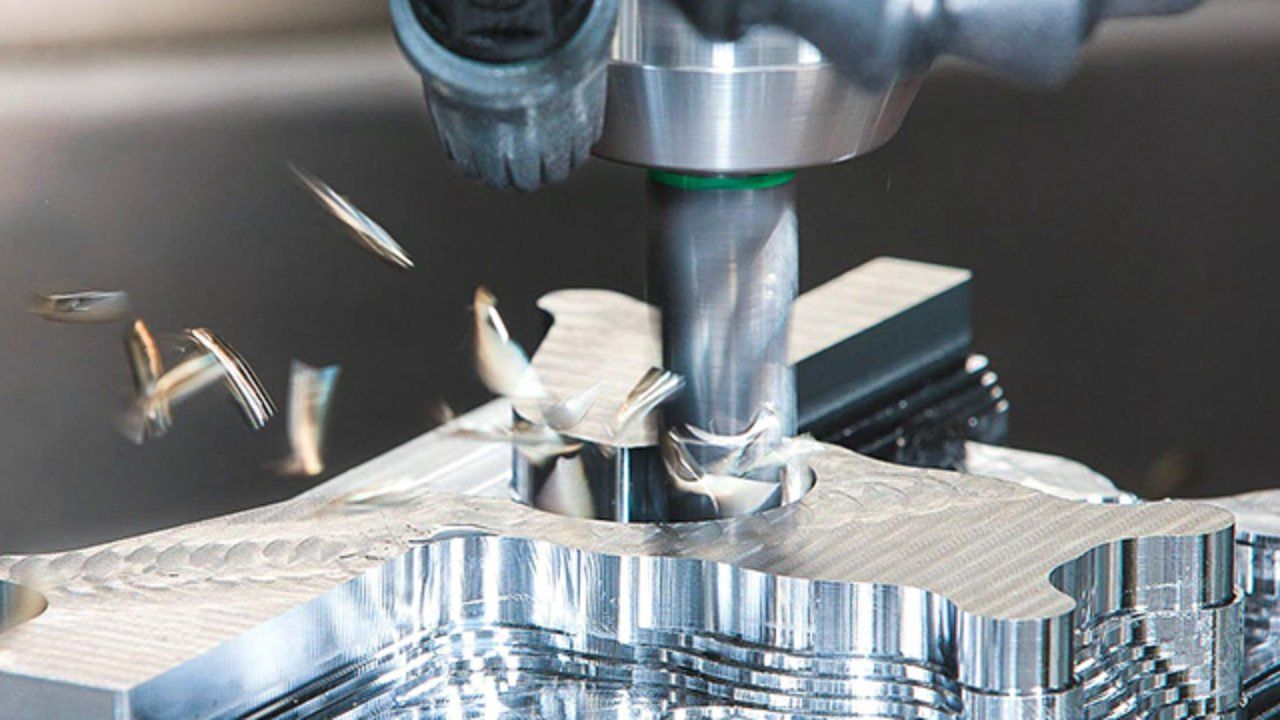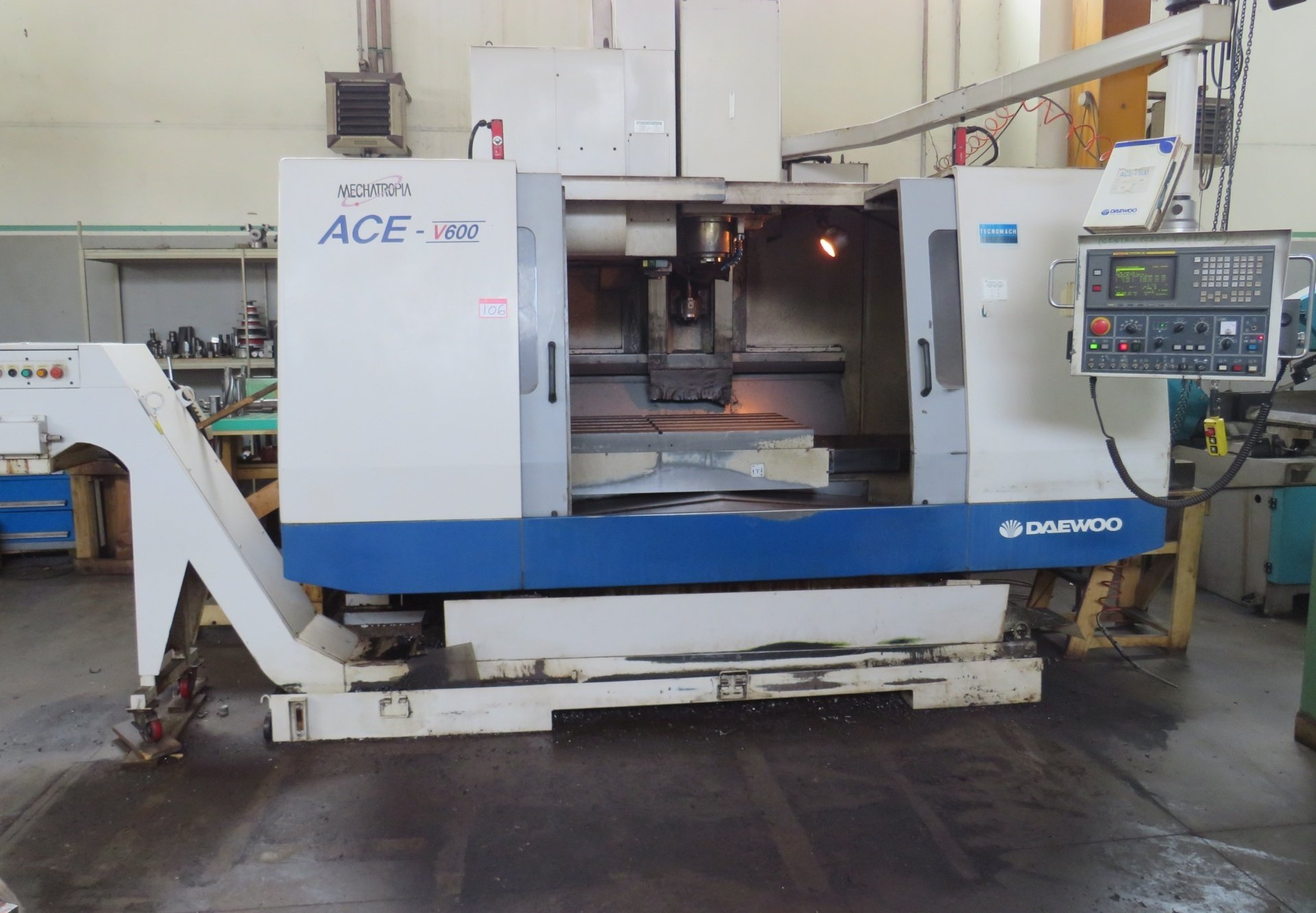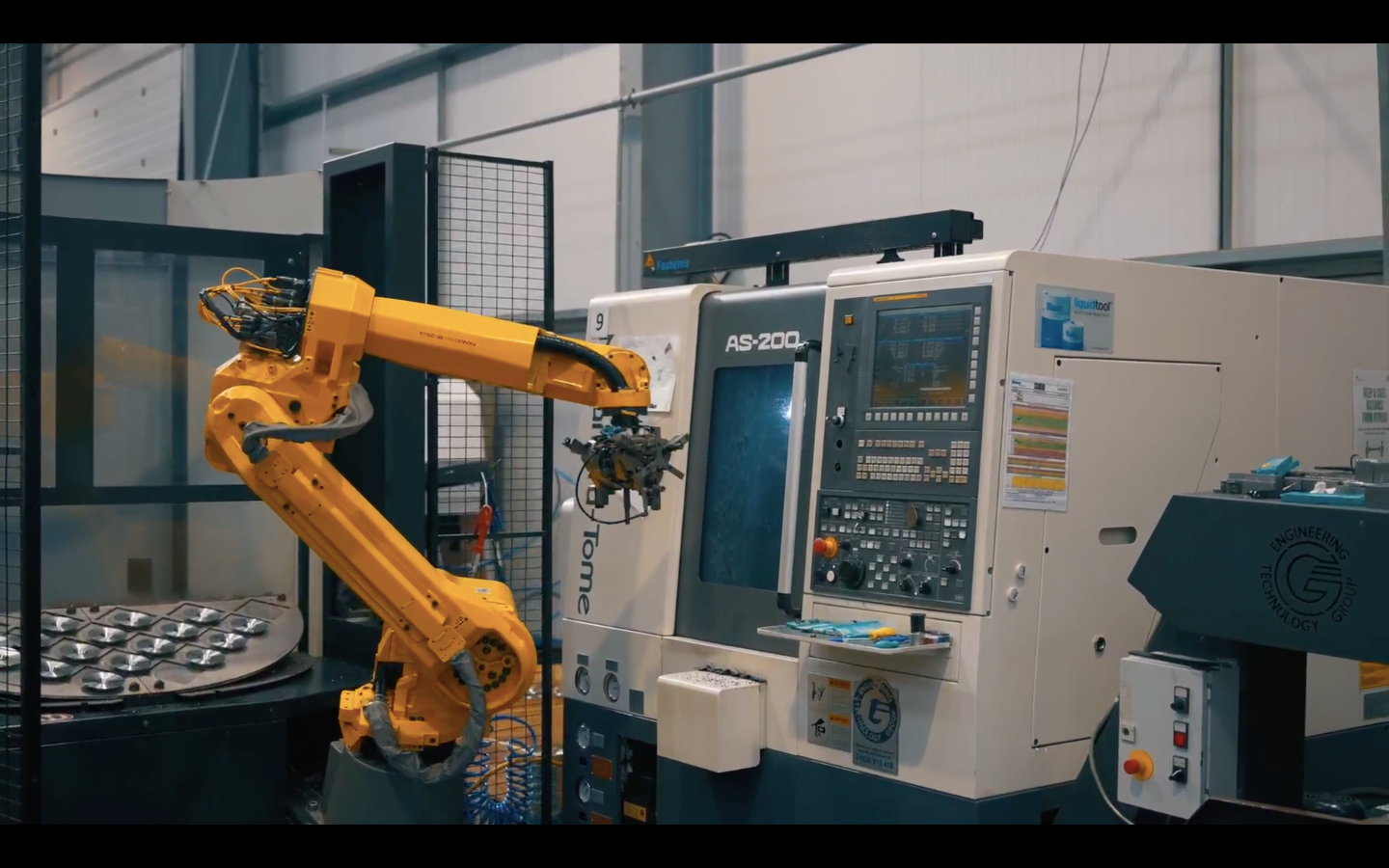Blog
BLOG
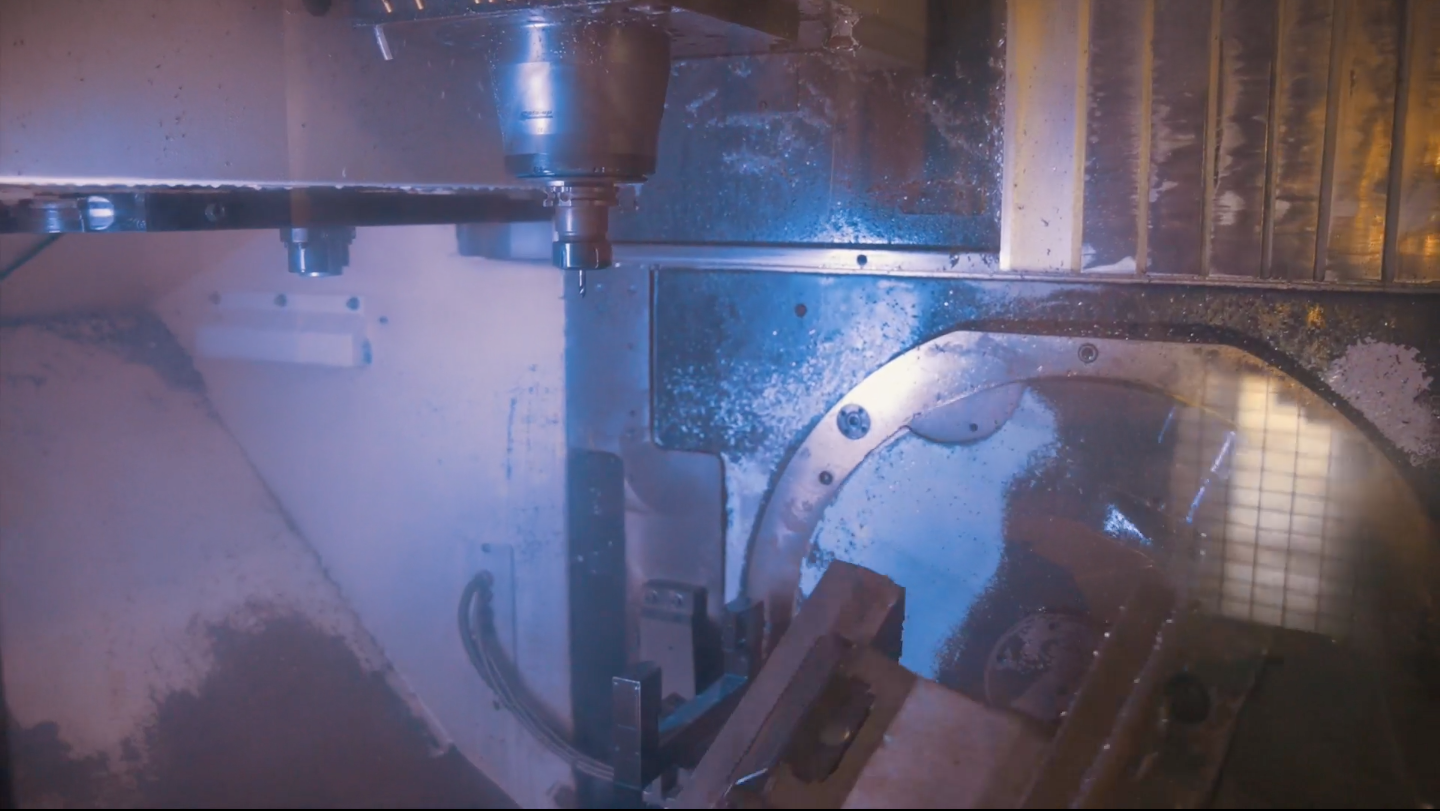
By Jake Hughes
•
24 Jun, 2024
There are many different associated costs with CNC (Computer Numerical Control) machining services . It is a crucial part of many different industries, manufacturing important components and parts for vital pieces of equipment and machinery across a whole host of applications. By making a few clever choices, and working with CNC machining specialists, you can cut costs without impacting the quality of the finished product on your production runs. CNC machining is commonly used to ensure consistency and speed throughout long production runs, and with a few tweaks to your approach you can ensure a more cost-effective process for your CNC machining services. How much does CNC machining cost? Before you can look at ways to be smarter with the budget for CNC machining services, you first need to understand the costs. For a typical CNC machining project, you could pay anywhere between £100-£2000 depending on the specific requirements and other factors. There are a few different factors that determine the costs of a CNC machining project, such as: Machining time The longer it takes for a part to be machined, the more expensive it is. Machining time is therefore the main contributor to cost when discussing CNC machining services. This is especially the case for bulk orders, long-term, large-scale production runs where one simple mistake in design can lead to a large cost. Start-up costs Planning is key with CNC machining services. Preparing the CAD (Computer-aided Design) file is crucial, as this is fixed once the manufacturing process is in motion. It means that for small production runs there is a higher cost, but it leads to lower costs when working at scale. Cost of materials The price of the raw material will undoubtedly have an impact on the cost of the project as a whole. Purchasing bulk material and choosing the right material that can be machined in an optimal way to suit the specific design and geometry of the desired part will be crucial in determining the cost. Industry requirements Machining costs vary between different industries too, where there might be a requirement for greater accuracy and precision for life-critical parts and components. For instance, in the aerospace and medical sectors. This could have an impact on the cost of the production run. Material finish In some cases, there will be a requirement to add a finish to the completed parts. This could be to make it look more aesthetically pleasing or to give a greater resistance to harsh environments and extreme conditions. This will incur an additional cost to the process. Other manufacturing costs With specific requirements for different projects and industries, might come a need for special tooling, closer quality control, and a greater number of process steps. This will have an impact on the time and cost of the CNC machining services. Tips for reducing CNC machining costs There are a few ways in which you can reduce the cost of CNC machining, each dependent on what materials the project is using and the required end result, amongst other things. Here are a few tips to cut costs but not to cut quality. Optimise choice of materials Selecting the most appropriate material for your desired part is the crucial aspect of cutting costs. Raw materials will differentiate in cost, but also choosing the wrong material for the machines in use will cause potential problems in overspends and the time it takes to machine the part. You must find that balance between a low cost raw material that is optimal with how you wish to process it in line with the specific design requirements. Volume of production CNC machines have the ability to manufacture in both small and large quantities. Once up and running there is minimal supervision required, making it a cost-effective choice for large production runs. If only a prototype or a small batch of parts is required however, it might incur a high cost due to the initial set-up time. Minimise machine set-up If it is at all possible, cut down the number of machine set-ups, as this will always add to the costs. Larger quantities of parts will affect the unit price, helping to minimise overhead costs, as it is spread over many parts. Design parts that can be machined in just a few machine set-ups can help you to reduce costs, so consider separating a part into multiple geometries, to be assembled later. Limit tight tolerances When there is a part that includes a tight tolerance design, the cost will rise because it adds to the machining time and will require a closer, manual inspection. Tight tolerances often lead to a greater level of excess waste too, and slower machine times to maintain consistent accuracy of the part. Use standard holes Using standardised hole sizes throughout a design will help to reduce costs as it will eliminate the need for a specialist tool. Standard drill hole sizes lead to less intervention during the machining process and maintain a consistent speed of production and accuracy. Reduce designs with thin walls By increasing the thickness of thin walls, you’ll experience a reduction in machining time, and therefore a reduction in costs. Thick, solid sections offer stability and are less expensive to create. This is because the thinner the wall, the more likely it is to be prone to vibrations and to distort. Leave things blank Leaving out any engraving or detail on the finished part, such as text or logos, will help to reduce costs significantly. If you do require these extras, the costs will increase due to the need for extra machinery and processes to trace numbers, letters, and symbols, and the set-up time associated with this. What is the future of CNC machining? The technology associated with CNC machining continues to evolve, with an expanded range of technical capabilities continuing to grow. Working with CNC machining specialists will help businesses to gain access to these latest advancements, ensuring that tolerances remain tight, that safety is a priority in all projects, and that costs can be kept under control without negatively impacting on the standard of the finished parts and components.

By Jake Hughes
•
24 Jun, 2024
CNC machining is such an important part of manufacturing, with industries as varied as the medical industry, aerospace , and electronics all utilising the performance, accuracy, and speed of CNC machining for a variety of parts, components, and applications. Cutting costs without negatively impacting the end product is something that is always discussed, and CNC machining is no different. One way in which the costs associated with CNC machining can be lowered is through the careful choice of materials being used within each project. What factors should you consider? There are a range of factors to consider when choosing the correct metal for your CNC machining needs. Even if you choose a metal that has a higher raw material price, if it is used correctly, with the right type of machining and gives you the desired end result, this will also mean it is the most cost-effective and desirable option for your project. Factors include: Availability of materials The cost of metals fluctuates depending on their availability in the market. Aluminium for example, often comes at a competitive price and is therefore a cost-effective choice, Machinability The higher the machinability of the machining material, the better the impact on the tools, with reduced tool wear and shorter machining times. This helps to lower labour and material costs. Set-up and tooling The hardness of a material, along with other characteristics, have an impact on tool wear and the requirements for specialised tooling. Always look for that balance where there are minimal set-up costs to help lower your budget. Minimise waste This is a crucial part of planning for CNC machining projects. Some materials, like certain alloys and plastics, have efficient use of raw materials, lowering the environmental and cost impact. Post-machining treatments How much surface finishing and coating will be required? This will have an impact on the overall cost of the project, with materials that require minimal post-processing leads to additional cost savings. Complexity of parts The more complex the parts required, the longer the machining time and therefore the higher the potential costs. Volume requirements What is the quantity of parts and components required? This will have an impact on costs, as the higher the volume requirements, the longer the production run. Industry standards In some cases, you’ll be required to produce components and parts to industry standards and regulations, as well as established machining parameters. Understanding this will help to create a streamlined manufacturing process. Consider the environment A suitable CNC metal for different environments is important, as you need to ensure that the CNC part can withstand the necessary pressure and temperature extremes. Weight of the part Considering the weight of the part will ease the manufacturing process, as heavier parts will drive up the material costs and require more expensive CNC machines and longer production times. Heat resistance Effective heat resistance is crucial for materials to withstand extreme temperatures without becoming damaged or disfigured during the process. Consistency is key within CNC machining. What are the most cost-effective metals for CNC machining? Some of the most cost-effective metals that are used for CNC machining include: Aluminium This is a metal that is available in a range of different alloys and is one of the most cost-effective metals that can be used for CNC machining. It is highly machinable (varying for different alloys slightly) and has a low raw material cost when compared with other metals. Aluminium has a high strength-to-weight ratio and has great resistance to both corrosion and temperature, making it useful within a range of industries, such as automotive, healthcare, aerospace and consumer goods, to name just a few. Stainless steel A popular, versatile CNC metal used within a variety of CNC machining applications. It is not as machinable as aluminium but does have good machinability to low raw material cost ratio. It is high in strength, resistant to chemicals and has good levels of hardness. Stainless steel is used commonly in the aerospace, automotive, marine, healthcare and food industries. Brass A cost-effective metal alloy that is made from a combination of zinc and copper. It has a higher machinability factor than stainless steel, but it has a higher cost of raw material. When comparing brass with other metals however, it does have a high level of scrap return, reducing the overall raw material cost. Brass is soft and easily machinable, which has a low impact on the machining tools, with a medium hardness and high tensile strength. Brass is used within the manufacture of consumer goods, architecture, electrical goods, and within the healthcare and automotive sectors. Copper A very high machinability rate in a similar way to brass, making it one of the most cost-effective of all CNC machining metals. The price of raw material can often be higher though, making it less cost-effective in other ways. It is commonly used in applications where there is a need for good thermal and electrical conductivity, and you’ll find copper used in industries such as electronics and healthcare due to good corrosion resistance levels. Titanium This has a higher raw material cost than the other metals in this list and can be challenging to work with due to the low thermal conductivity and high strength. There are a few unique properties though that make it a choice for some companies and for certain industries and applications. This is due to the excellent strength-to-weight ratio, and resistance to temperature, corrosion, and chemicals, making it useful within the medical and aerospace sectors specifically. There are different suitable metals for different CNC machines, different processes, and the many different desires and requirements for specific components and parts. Each is distinguished by different mechanical properties, such as strength, flexibility, resistance to corrosion, and other factors. Some materials, as you have seen above, are easier to machine than others, or are more suitable for specific components and parts for a variety of reasons. Understanding what materials work best for your specific CNC machining needs goes a long way to helping you manage your business, your project, and gaining a tighter control over the costs of CNC machining.
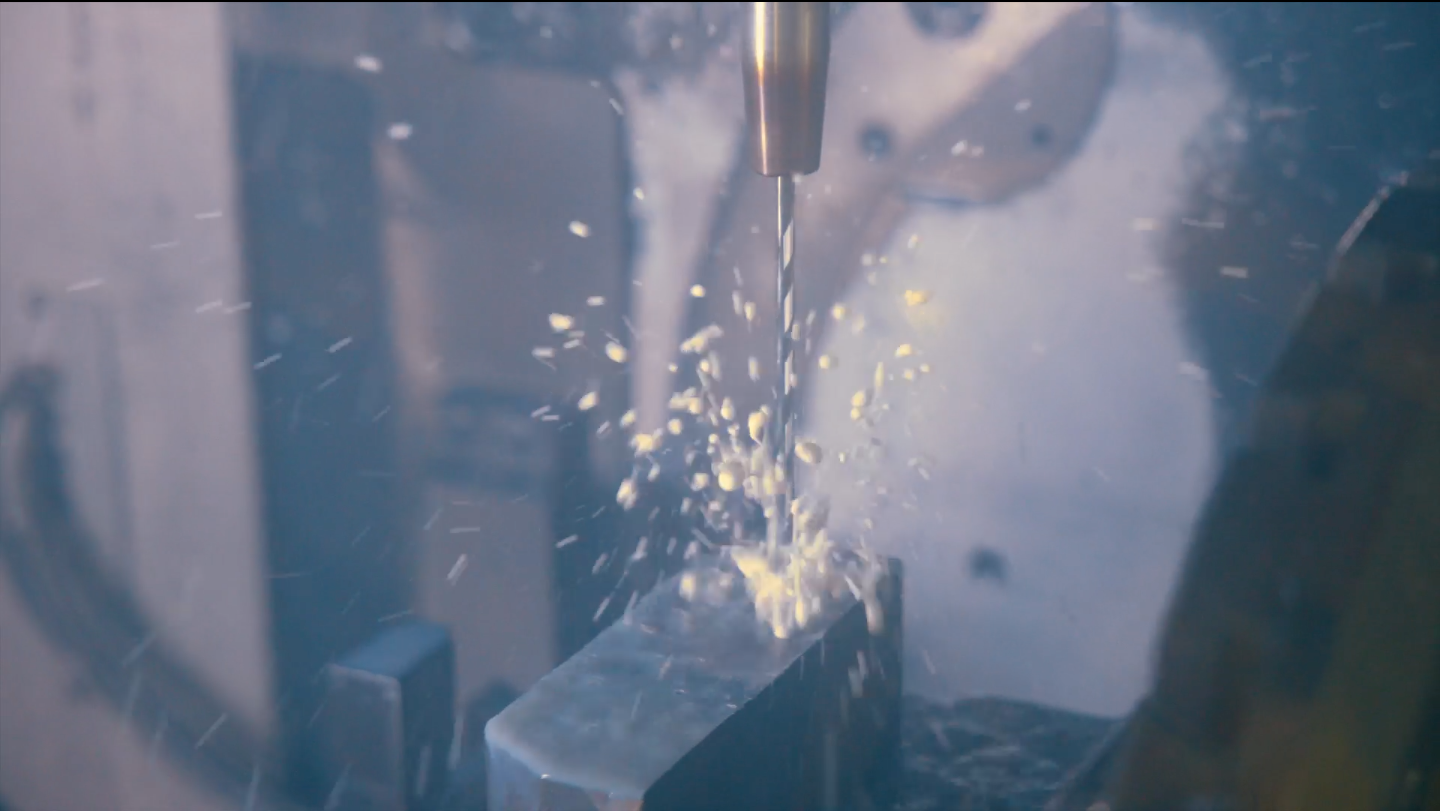
By Jake Hughes
•
24 Jun, 2024
The technology for automation and CNC robotics has grown considerably in recent years. The technological advancement of robotics and how it can be effectively incorporated into manufacturing techniques and processes make it one of the more prominent CNC machining processes . The implementation of robotics within CNC provides a range of benefits to the manufacturing industry. CNC robotics is the combination of both CNC and cutting-edge robotics to increase accuracy and efficiency within manufacturing. What is CNC machining? The basics of CNC machining are important to understand before heading into robotics further. A CNC turning machine can convert three-dimensional CAD designs into fully finished machine parts and components. CNC machining offers great advantages over manual machines, due to tighter tolerances, longer production runs, and increased speed of production processes. How do you define robotic CNC machining? CNC robotics is the combination of CNC (Computer Numerical Control) machines and cutting-edge robotics. CNC machines operate based on pre-programmed software and directions that control the movement of the machine. CNC robotics on the other hand, is any robotic process that is used within the CNC machining process that assists it. This is specialised, advanced robotic equipment that is designed for machining purposes only and does not require any input from the operator of the process. CNC robotics increases the advantages of automation within CNC machining and manufacturing, helping in the delivery of high-quality parts and components that are mass produced for a variety of purposes and industries. CNC robotics can be used to perform complex tasks with high levels of competency and consistency, making them an accurate assistance within mass production of parts in CNC machining processes. What are the common robotics used within CNC machining? Below are a few of the common robotics that you find used within CNC machining: Articulated robots These are the robotics most often seen within industry, containing rotary joints that are referred to as ‘axes’. Robotics of this kind can range from simple, two-axis structures, up to complex structures with 10 or more axes. The idea is that the axes offer degrees of freedom for greater independent motion. Applications for this type of robot include arc welding, packaging, material handling, machine loading, and assembly. SCARA robots SCARA (Selective Compliance Articulated Robot Arm) is a four-axis robot that can handle repetitive operational tasks at high speed. The robot works in a similar way as human arms function, but they work at a much faster speed and with a higher degree of precision. There is also a compact footprint attached to them, perfect for working in assembly operations, machining, packaging, and inspections. Gantry (Cartesian) robots Linear industrial robots with three axes that are popular due to their highly flexible configuration options. The robot can be adjusted easily to change precision, speed, size, and stroke length. They are suitable for working with assembly, loading and unloading, material handling, as well as for laser and waterjet cutting tasks. What are the advantages of robotic CNC machining? CNC robotics are helpful in producing high-quality machine parts and components, but they are also able to manufacture robots too. The advantages of robotic CNC machining include: High speeds CNC machining with robotics significantly shortens production time, with custom robot parts created in rapid timeframes. Increased precision Robotic loaders are programmed for increased precision positioning, which helps to improve the efficiency of the entire CNC machining process. Smoother finishes CNC machines create components with smooth surfaces, with the functionality enhanced by the application of additional surface-finishing operations. Accuracy of geometry The dimensional accuracy of CNC machining ensures tight tolerances of up to 0.00002 in, helping to accelerate iterations of robot designs. Material compatibility Components for robots need to use materials that have excellent strength-to-weight ratios to ensure the safe and effective lifting and movement of heavy goods. What are the differences between CNC machines and CNC robotics? In terms of accuracy, CNC robotics continue to improve, with industrial robots reaching precision of between 0.1 and 0.2mm, whereas the highest quality of CNC machines can reach precision of between 0.02 and 0.05mm. The versatility of robots gives it an advantage, with robots able to move from one task to another with little downtime and no impact on efficiency. Robots have a lower rigidity than CNC machines, making them less accurate though robots can easily handle softer materials like plastic and wood with accuracy. As far as affordability is concerned, CNC machines can be expensive, but so too can robots with a large workspace required. Is the time coming where CNC robotics replaces CNC machines? Although there are advantages to robotic CNC machining, the technology does not quite yet match CNC machines in terms of the speed and precision that modern CNC machines can demonstrate. Robotic CNC machining does offer great versatility and adaptability for various tasks, but with specialist CNC machining for specific components and parts, these are a much better choice for large and long production runs where there is a need for consistency of single parts and components. What is the future of robotic CNC machining? With the development of robotics and the technology within CNC machining developing at a fast rate, there is a real view that CNC robotics will continue to revolutionise the manufacturing sector over the coming years and decades. CNC machinery and robots that are powered by AI could help to improve production processes, with customisation offering even greater possibilities for a wide range of applications. Robotics will help in 3D printing and additive manufacturing to create complex geometries and components, boosting industrial production and speed of production runs without diminishing the safety levels of operators on site. As the technology of CNC robotics improves, there will be a better chance for smaller companies and projects to take on board CNC machining processes, although it will still be the best choice to work with seasoned veterans in the field of CNC machining who have been at the vanguard of the industry for years and understand how to work within a whole host of industries and project parameters.
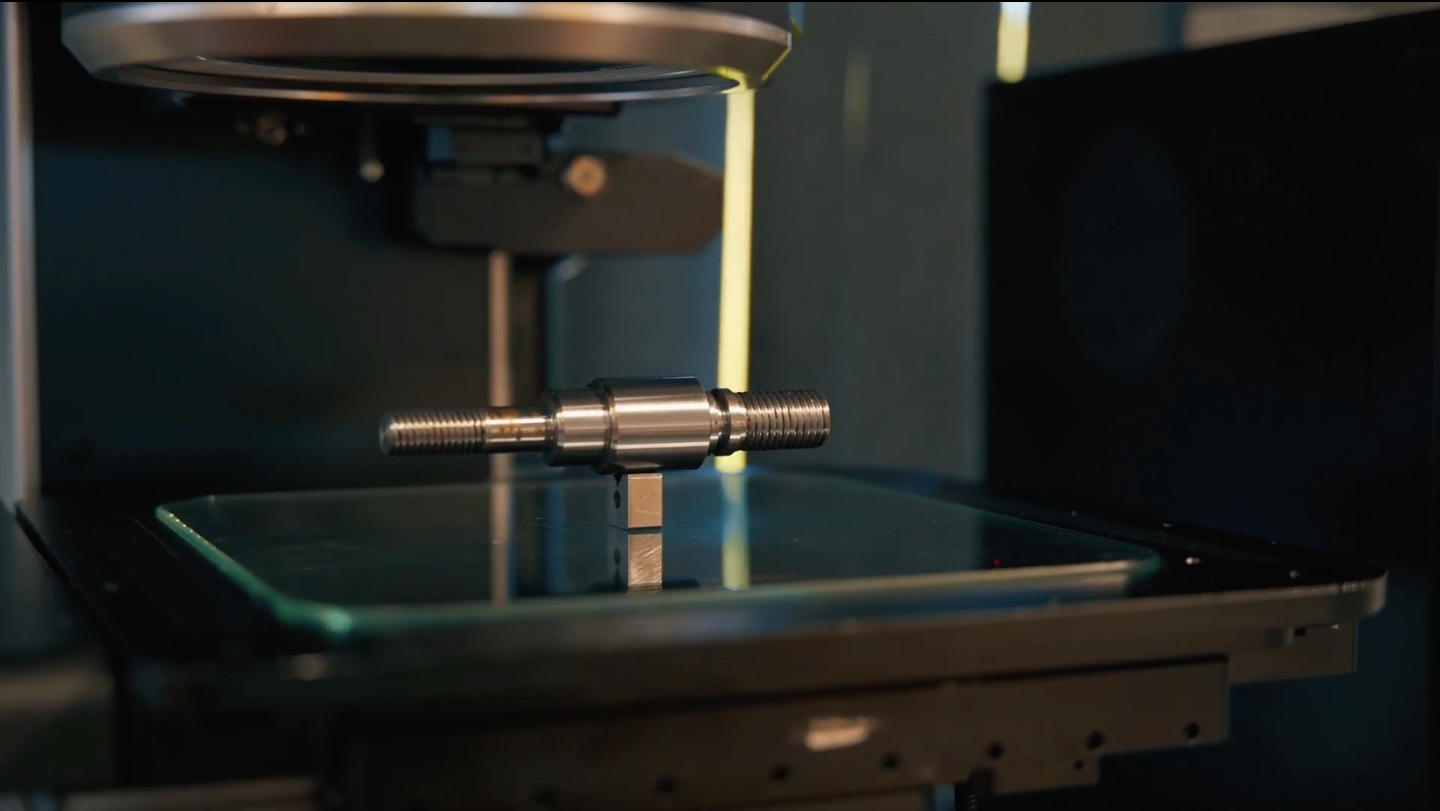
By Jake Hughes
•
28 May, 2024
CNC machining is a process widely used within manufacturing where a metal piece is cut away from until the desired shape is achieved. This is called subtractive manufacturing, where a block of material is sheared and shaped, rather than added to in order to create the finished piece. For a CNC machining production run to be successful, the operator must understand the feed rate and cutting speed of the CNC machine, whilst also knowing the shearing capability and material being worked with. Although the process is driven by a computer and automated once in motion, this is a crucial part to the planning and set-up. What is feed rate? The feed rate of a CNC machine is the distance the cutting tool travels when looking at one spindle revolution. This is taken alongside the velocity at which the cutter is advanced against the workpiece. To think of it in a simple way, the feed rate is how fast the machine moves the router through the material during the cutting process. Feed rate is measured in units per minute. Why is feed rate important? The feed rate has a big impact on the effectiveness of the project, and will vary depending on the cutter being used, the material being shaped, and other factors. Feed rate will have a direct impact on the safety of the machine and project, the productivity of the project, the part quality and the finish of the surface. Over time, the feed rate will also have an impact on the wear of the CNC machine and its components. If you consider that the cutter is engaged at a high speed with the material and must go quickly from cutting at speed along a linear path, before stopping dead with precision to turn a corner and change direction before picking up speed again. This increases torque loads on the machine, and it is only natural that this would add to wear and tear factors on the CNC machine and components over time. Factors to consider with feed rate There are a few different factors that need to be considered when looking at the feed rate of a CNC machine. This includes: The type of tool – The type of tool that is being used to cut the material must be suitable to cut said material. What surface finish is required? – The roughness of the surface will increase as the feed rate increases. This means that to get a smooth finish on the material being worked on, the feed rate must be slowed down. TPI – TPI (or thread per inch) is an important metric, one that is proportional to the feed rate. As the thread pitch of the screws being used increases in range, the feed rate increases. The width of the cut – The chip may thin when the cut width is less than half diameter. To minimise the risk of this occurrence the feed rate must increase. What is the cutting speed? Cutting speed is something that shouldn’t be confused with the feed rate. They do work simultaneously, but they are not referring to the same thing. Cutting speed is the speed at which the tool cuts the workpiece, whereas the feed rate is the distance travelled by the tool in one revolution of the workpiece. Cutting speed is also referred to as the surface speed, as the relative velocity between the surface of the workpiece and the cutting tool. There is an optimum cutting speed that matches the conditions between specific machining conditions and specific materials. Factors to consider with cutting speed The optimum cutting speed must be found, as this improves the entire efficiency of the CNC machining process. This can be achieved through a few important factors, such as: The material being cut – The choice of cutting tool will depend on the material being used. For instance, a CNC lathe is compatible with different materials such as wood, glass, metals, and others, with different levels of thickness and hardness. A material that is too soft will lead to a cutting tool cutting with high speed and accuracy, with a lower cutting speed required for harder materials. The material of the cutting tool – Similarly, there are different types of cutting tools that can be used on a CNC machine. This can be made from hard or soft materials, with the optimum found by thinking of the strength of these materials and the speed required relating to the specific material of the workpiece. High-strength material for the cutting tool is useful for high-speed cutting, with a softer material used for low-speed cutting. The life cycle of the tool – The lifecycle of the tool is important, as this is the period in which the cutting tool works at its optimum level. Once this has passed, the accuracy and cutting speed will begin to diminish. What is feed rate optimisation? Feed rate optimisation is important, as it is a way to maximise the efficiency of the entire project and operation. It can help to preserve the CNC machine for a longer period of time, at an optimal level of performance. It allows you to set the distance before the corner to start feed rate reduction and to smooth the process of the cutting tool slowing down before turning a corner and getting back up to speed. Too low a feed rate can produce vibration, chatter and work hardening, along with poor surface finish and cutter failure. Too high a feed rate can cause chatter, vibration and unsafe conditions. Optimisation leads to safer and more effective conditions. Is there any other important terminology to understand? Here are a few more pieces of terminology to be aware of. Slew rate – This is also referred to as rapid speed. It is the speed at which the machine moves between cuts. The slew rate is commonly set as high as it can be, to help reduce downtime between cycles and to improve efficiency. Plunge rate – This is the speed the router is plunged (or driven down) into the material at the point where the cut is first beginning. The ideal plunge rate will be different depending on the bit being used and the material that is being cut, but you should never plunge too quickly, as this is more likely to cause damage to the cutter tip. Spindle RPM – The spindle speed (or RPM) is the rate at which the spindle revolves during the cutting process. It should always be set to an appropriate value that relates to the tool being used and the material being worked on. If you cut at a feed rate that is too low or a spindle RPM that is too high, the router can be at risk of overheating, which can lead to the workpiece melting or burning. There are more factors than just the feed rate and cutting speed that will have an impact on the efficiency of the CNC machining process and your specific projects. By working with experts in the field, these are not worries that you need to consider, as you’ll have the guidance and set-up to ensure optimal performance from your CNC machine.
Rotec Engineering Group, Enterprise Way, Vale Business Park, Evesham WR11 1GS United Kingdom
Phone: 01386 424111
Email: Info@rotec-ltd.com
Office Hours :
Mon-Fri : 7:30am - 5pm


